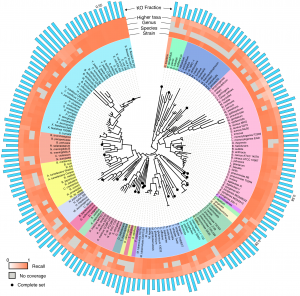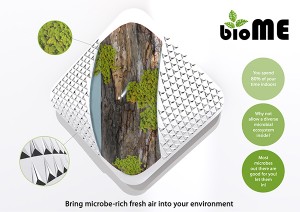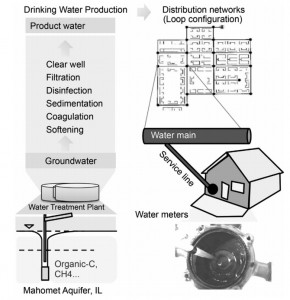As buildings move forward in an attempt to become more “green,” it is important to continue to assess how the microbiology changes with these new systems. A recent study from Keely et al used high-throughput pyrosequencing to look at what microbes live in the different points in grey water systems. The sampling efforts were split into …
Here is a fun recent article by Vilanova et al. on the coffee machine bacteriome (open access in Nature’s Scientific Reports) that made me wonder why didn’t we think of doing this. In this study, the authors sampled the inner drip tray (below the capsule container) of nine different Nespresso capsule coffee machines. They found that Enterococcus sp. and Pseudomonas sp. were abundant in most …
Sometimes efforts to be environmentally friendly can give rise to microbial challenges. This was nicely described by Katie Dahlhausen in her recent post about water quality about green buildings. Other examples include observations that Legionella pneumophila can be contracted from shower heads and the use of low flow shower heads and lower water temperatures may increase its transmission. Likewise, wastewater (e.g., Environmental and …
Sanitation remains a problem in many developing countries across the globe. However, this issue goes much deeper than just delivering clean water to billions of people and treating sewage waste. The Conversation ran an article earlier this month on this topic. They bring up two important aspects of implementing water treatment programs in struggling countries. One …
This is one of those stories / articles / posts that simultaneously fascinates me and freaks me out a bit and for which I fluctuate wildly between those two points of view: bioME – RSA Human By Nature Entry on Behance By Candice de Aguiar Her basic design idea here is to allow for more microbial diversity …
Here is your song to go with this post: Something in the water by Carrie Underwood. When we drink tap water, we usually don’t really think about the bacteria that might be in there. The quality of drinking water in the US is regulated by Environmental Protection Agency (EPA) and monitored by regularly testing the water …
I did not find a lot of recent papers on indoor microbiology, but quite a couple on the microbiology of drinking and wastewater, and some on ballast, pharmacy, and oil-platform water. Since this blog is all about water, I am playing The Waterboys – The Whole Of The Moon in the background. Free with registration: Acute Gastrointestinal Illness Risks …
“If there is magic on this planet, it is contained in water” -Loren Eiseley- Aquatic ecosystems can be placed into two discrete categories, native and managed. Native aquatic ecosystems may be influenced by human activities, in fact we’d be hard-pressed to find one that isn’t, but there is no intention to the influence. Managed aquatic …
The environmental engineering research community now recognizes that it is important to understand the bacterial ecology of premise (building) plumbing systems to control opportunistic pathogens (OP). Many investigations, including those supported by the Sloan Foundation MoBE program, have begun to shed light on the factors driving bacterial ecology in drinking water systems. While the bacterial …
Every time you bend over the public water fountain to take a drink and see the gunk at the bottom, do you wonder what’s living in it? Microbiologists do… This 2013 study from Finland collaborated on a study examining biofilms on the drinking water distribution system in office buildings. They started sampling right as the …




